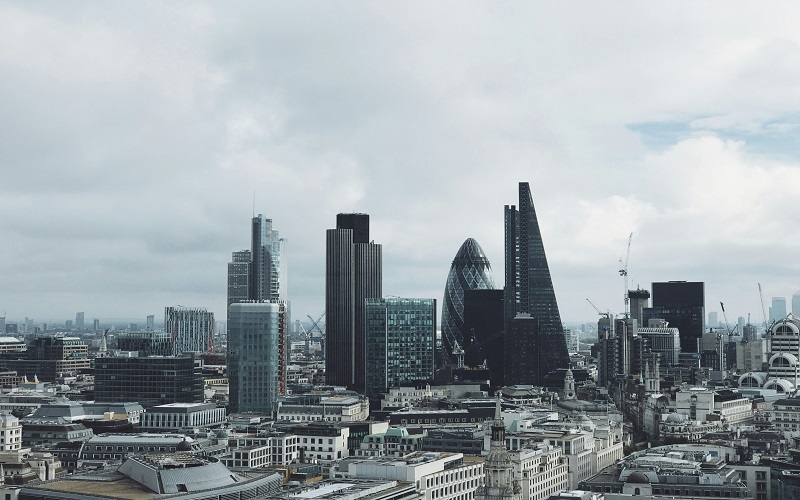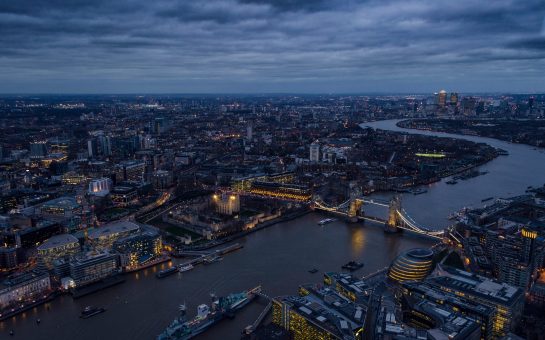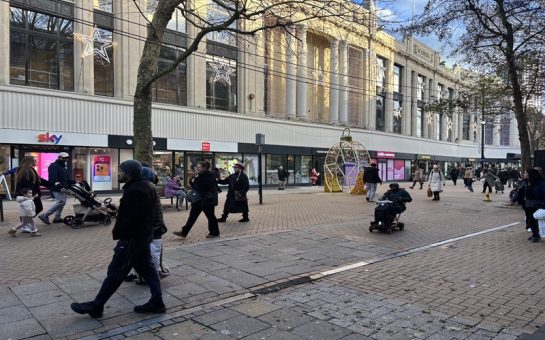On May 2nd 2024, London will head to the polls to elect not only the capital’s next mayor, but also the new London Assembly.
With ballet boxes due to open in less than three months, here’s our guide to how it all works.
London Mayoral Elections
Currently held by incumbent Sadiq Khan, the office of Mayor of London serves as the head of the Greater London Authority.
They oversee the capital’s infrastructure and emergency services, including policing, transport, planning and culture.
This includes services such as the Metropolitan Police, Fire and Emergency Planning Authority and Transport for London.
For the first time in the role’s history, the upcoming 2024 London mayoral election will be using the first-past-the-post voting system (FPTP), introduced by the Elections Act 2022.
This system is the same one used to elect members of Parliament to Westminster in general elections.
Voters receive a list of candidates and then proceed to vote for their preferred candidate, and whoever receives the most votes is declared the winner.
Previously, the London mayoral elections used the supplementary vote system, wherein voters would choose their preferred candidate and then their second-preferred candidate as a backup.
If no candidate received over 50% of the vote, then only the top two candidates proceed to a run-off while the remainder are eliminated.
During the run-off, the candidate with the most first and second preference votes was declared the winner.
The most recent London mayoral election was conducted using this system, and ended with Khan winning re-election with 40% of first preference votes, before defeating his Conservative counterpart Shaun Bailey, now Baron Bailey of Paddington, with 55% of votes in the run-off.
Your vote is your voice! Make sure you are registered to vote. It takes just five minutes to register online. Find out more https://t.co/gMlDB1YtIh pic.twitter.com/VsqWIEb0ey
— London Borough of Bexley (@LBofBexley) February 12, 2024
London Assembly
Comprised of 25 members elected simultaneously with the Mayor, the London Assembly is designed to scrutinise the office by publicly assessing policies and programmes through committee meetings and investigations.
The Assembly is led by a chair and deputy chair, each elected by Assembly members for a one-year term in April.
The current chair and deputy chair are the Conservatives’ Andrew Boff and Labour’s Onkar Sahota respectively.
Elections for the London Assembly are conducted through the additional member system.
Under this system, fourteen members are elected in constituencies, with the candidate receiving the most votes declared Assembly Member for their area.
The remaining eleven are elected from the entirety of London, pulled from a list that each party has put together.
These seats are then divided based on the vote share each party received and allocated according to the number of constituency seats won by each party.
A party must get 5% of the vote across the city to take any of these seats.
Anything else I need to know?
Remember, to vote in the upcoming Mayor of London and London Assembly elections, you need to be:
- Registered to vote in London
- Live in London
- Be at least 18 years old on the day of the elections
- Be a British citizen, a European citizen or a Commonwealth citizen who had or doesn’t require leave to remain in the UK.
Voters now need to show photo ID before voting, so do keep that in mind before you head off to the polls.
For more information on what counts as photo ID, click here.
To register to vote, click here.
Cover photo by Robert Bye on Unsplash





